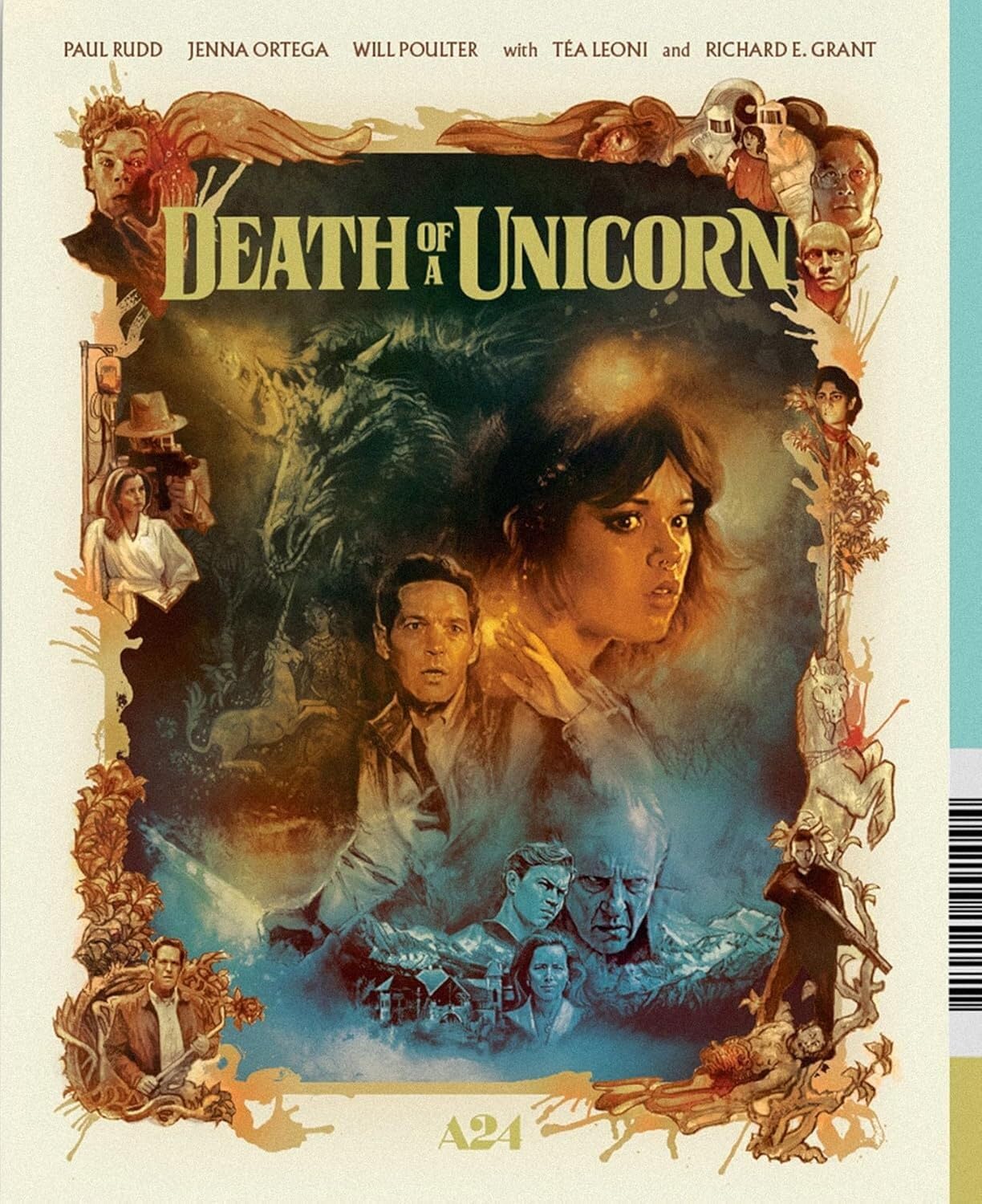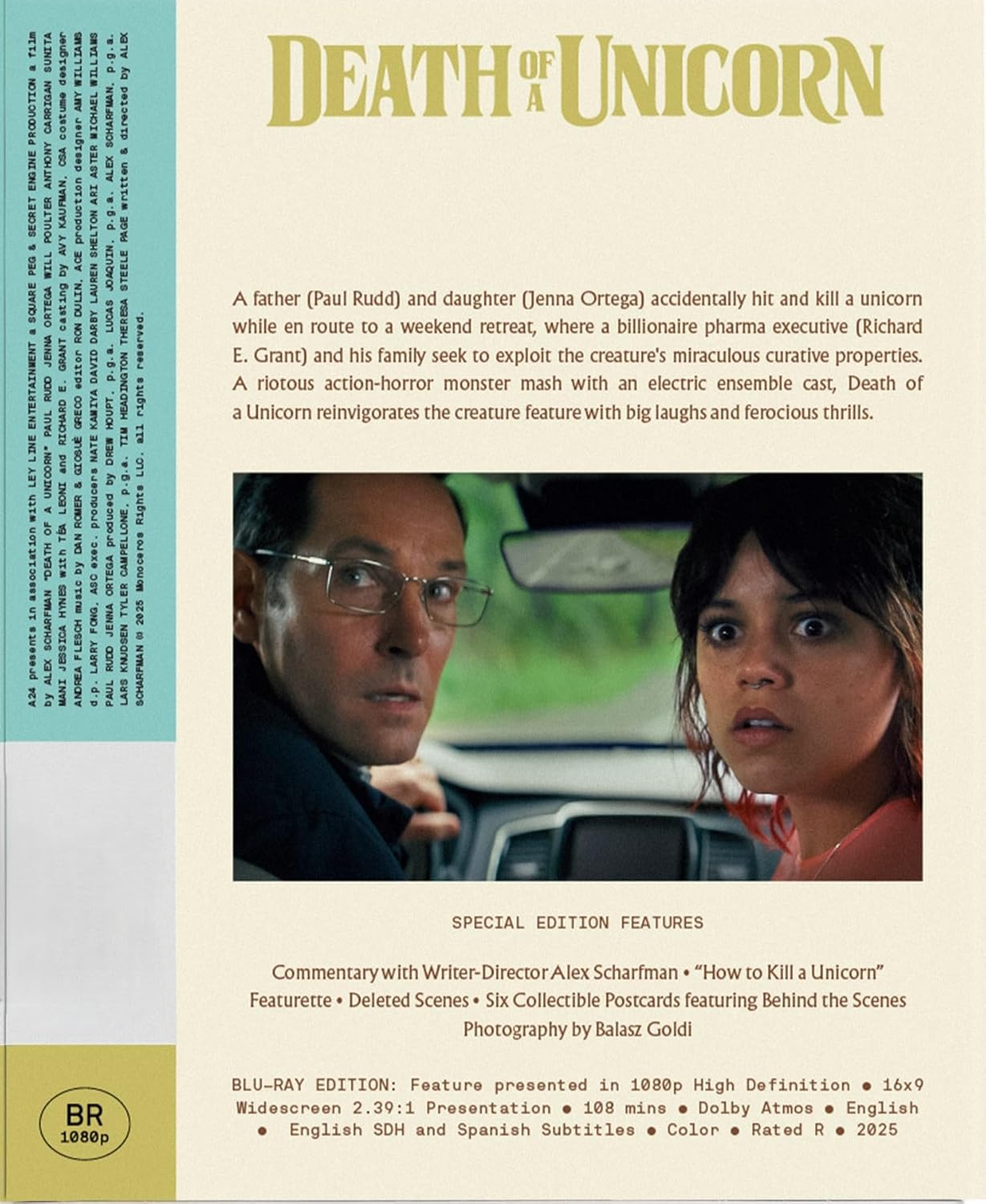Death of a Unicorn (Blu-ray Review)
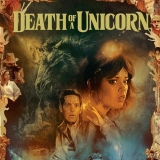 Death of a Unicorn is not a movie you walk into lightly. Even for A24, the reigning studio of oddball indies and arthouse fever dreams, this one is strange in a way that feels oddly personal. The film opens with a literal unicorn—yes, an actual mythological beast—being accidentally run over by a father and daughter driving through the woods. That’s the setup. From there, things unravel into a surreal mix of corporate satire, environmental horror, and deeply awkward family drama. Somehow, it all holds together—barely—but you can’t say it isn’t original.
Death of a Unicorn is not a movie you walk into lightly. Even for A24, the reigning studio of oddball indies and arthouse fever dreams, this one is strange in a way that feels oddly personal. The film opens with a literal unicorn—yes, an actual mythological beast—being accidentally run over by a father and daughter driving through the woods. That’s the setup. From there, things unravel into a surreal mix of corporate satire, environmental horror, and deeply awkward family drama. Somehow, it all holds together—barely—but you can’t say it isn’t original.
Film 




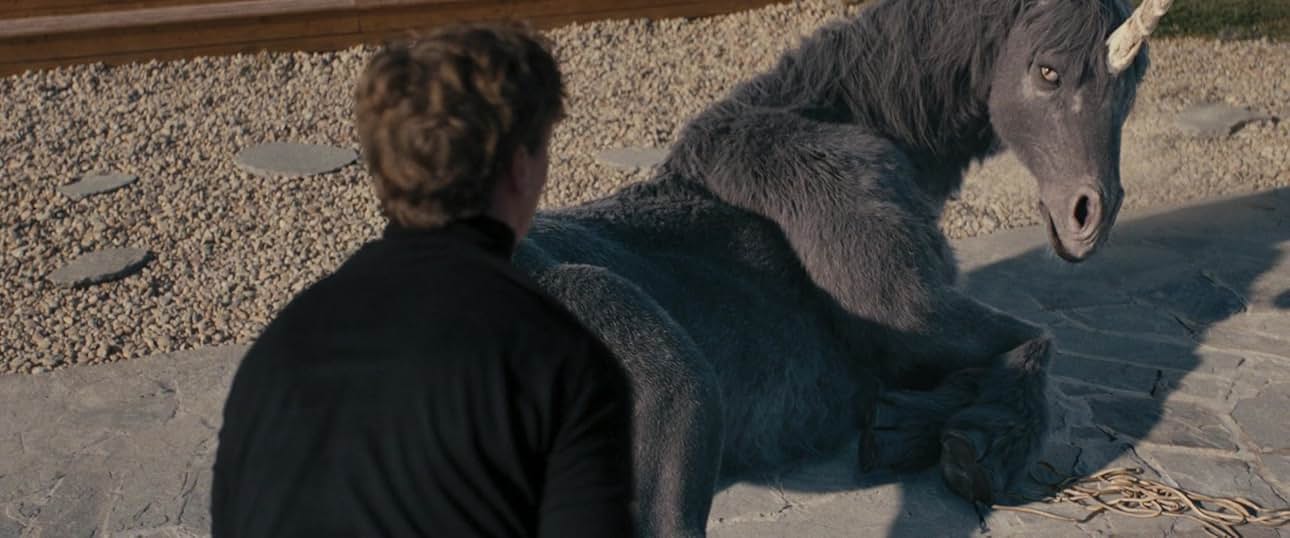
Plot That Defies Logic (And That’s the Point)
The story centers on Elliot (Paul Rudd), a kind-hearted but passive biotech consultant, and his teenage daughter Ridley (Jenna Ortega), who’s sharp, cynical, and totally unimpressed by her father’s job. After hitting the unicorn with their car during a late-night drive to a corporate retreat, the two make a decision that spins everything out of control: they haul the body to the retreat and present it to the company’s eccentric CEO, Ava (a truly unhinged performance by Téa Leoni).
Ava, of course, sees the unicorn not as a tragedy but as a breakthrough—possibly the key to eternal life. What follows is a strange, sometimes hilarious, sometimes unsettling journey into biotech hubris, greed, and generational conflict. The movie never plays anything straight, but it always feels just grounded enough to keep you from fully checking out. Tonally, it’s walking a tightrope over a canyon of absurdity.
Strangeness As a Strength (Mostly)
This film is weird. But not in a showy, over-stylized way. Its weirdness creeps in slowly, scene by scene. You start to question if what you’re watching is allegory or just absurdity for absurdity’s sake. The unicorn itself—treated more like a biotech specimen than a magical creature—serves as both metaphor and plot engine, though the movie never settles on what it really wants it to mean. That ambiguity might frustrate some viewers, but it’s part of the film’s charm: you’re always on the edge of understanding, and it makes for a strangely gripping experience.
Visually, the film has a cold, almost sterile look, especially once the unicorn is taken to the company’s off-grid lab. It’s a place that feels both futuristic and unnervingly primitive, and Scharfman uses that contradiction to fuel the film’s mounting unease. The cinematography is restrained, letting the absurdity speak for itself rather than dressing it up with visual tricks.
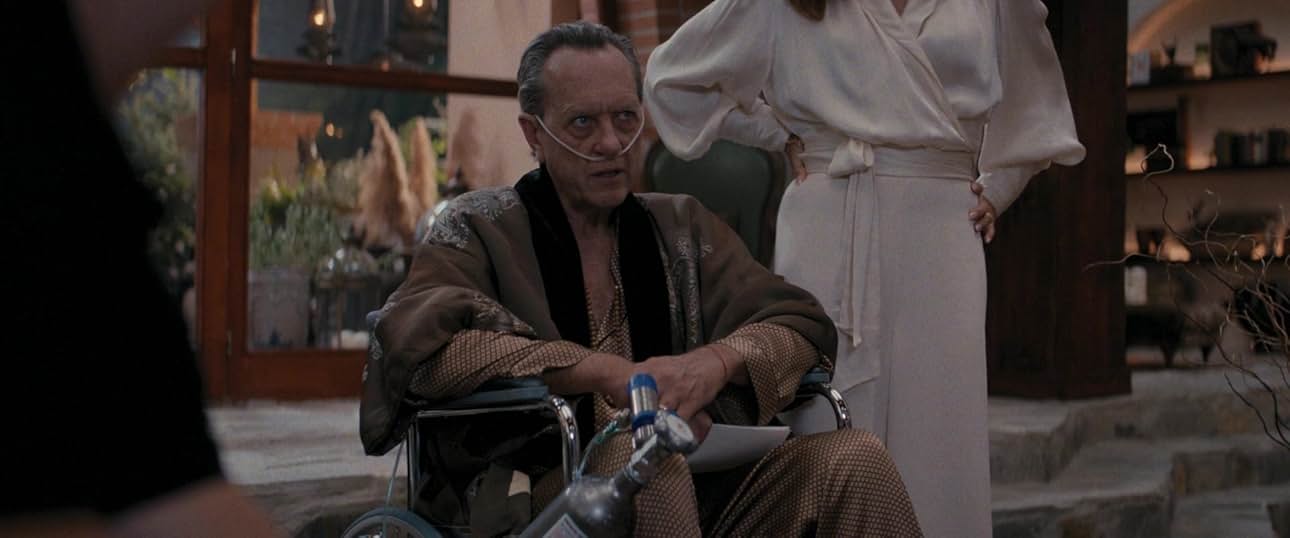
Performances That Ground the Chaos
Paul Rudd, playing against type, delivers one of his more restrained performances. He’s still got that familiar warmth, but here it’s tinged with uncertainty and guilt. He’s a man trying to do the right thing in a world that keeps redefining what that even means. Jenna Ortega is the standout, though. Her portrayal of Ridley is dry, sharp, and layered with emotion that never tips into melodrama. She’s the moral center of the film, and she knows it, even when she doesn’t know what to do about it.
Téa Leoni, on the other hand, is pure chaos. Her CEO is like a mix of Elizabeth Holmes and Miranda Priestly—stylish, sociopathic, and completely convinced of her own genius. Every time she’s on screen, the movie threatens to tip into full satire, and yet she somehow keeps it tethered to something darker and more unsettling. It’s a bold performance that feels tailor-made for cult status.
Pacing: Stumble, Then Soar
The first act takes its time, and not always in a good way. The film spends a little too long letting us sit in the awkward family dynamic, and while the performances are solid, the dialogue is a bit stiff at first. But once the unicorn enters the picture, the pace picks up and doesn’t let go. By the time the final act rolls around—complete with dreamlike sequences, biotech experiments gone wrong, and a morally ambiguous conclusion—it becomes clear that Scharfman has had his hand on the throttle the whole time. You just didn’t realize how fast things were moving until it was too late to jump off.
Final Thoughts: A Fever Dream You Might Love (Or Hate)
Death of a Unicorn won’t be for everyone. It’s too strange, too tonally inconsistent, and too proud of its own ambiguity to appeal to broad audiences. But for those who like their films a little off-kilter—who enjoy stories that don’t hold your hand and performances that swing for the fences—it’s one of the more original offerings of 2025.
It might leave you confused. It might even leave you annoyed. But it’ll definitely leave you thinking. And sometimes, that’s enough.
Video 




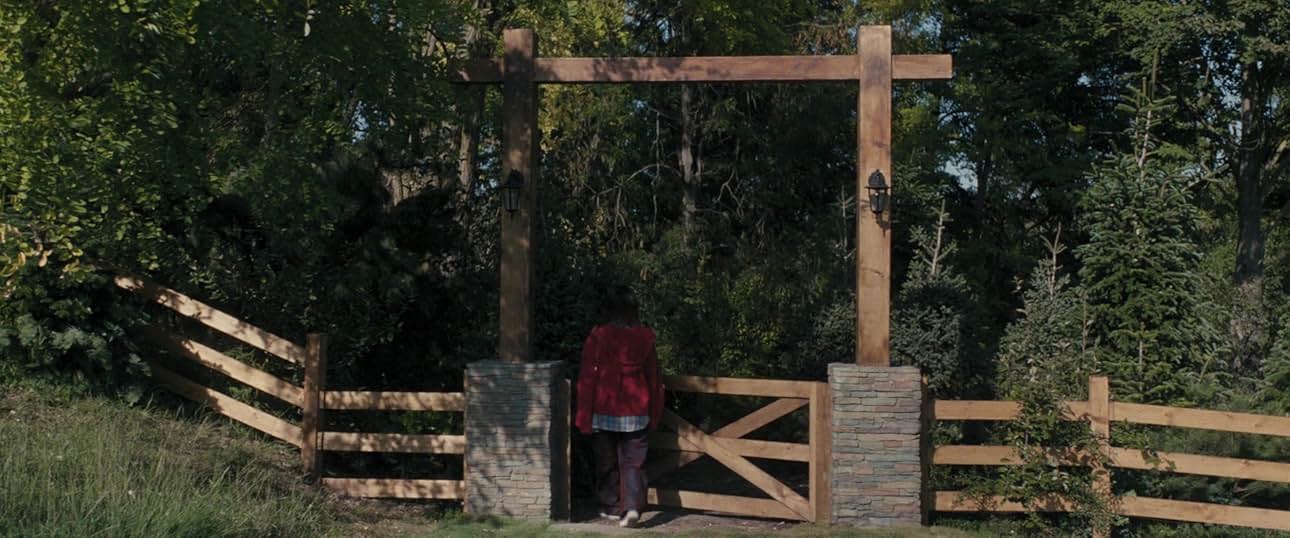
Encoding: MPEG-4/AVC
Resolution: 1080p
Aspect Ratio: 2.39:1
HDR: N/A
Layers: BD-50
Clarity/Detail: Filmed digitally and finished in post with an unknown DI, Death of a Unicorn comes to Blu-ray with a beautiful and bright transfer. Since much of Death of a Unicorn is on the fantastical side, colors are often bright and beautiful, adding layers of color to the film. In the more “real world” scenes, the look is still very striking, natural and exceptionally clean. CGI varies for the unicorn’s form, but never is the look a bad one. Fir is in fine detail, with other features looking lovely as well.
Depth: Depth is often of the pristine variety. Foreground and background shots are often seamless, with camera movements going on without judder or digital noise. This is the kind of digital camera work we long for and often don’t get.
Black Levels: Black levels are great here with nothing looking lost to crush.
Color Reproduction: The colors in Death of a Unicorn are impressive to say the least. Teals and purples are highlights, while primaries sing and give a sense of grounding to this insane fantasy. There is a wide variety of colorful moments in the film, from dark blacks to blinding whites. One does wonder what an HDR pass would’ve done to this film!
Skin Tones: Flesh tones look great with nothing looking cartoonish or overblown.
Noise/Artifacts: None
Audio 




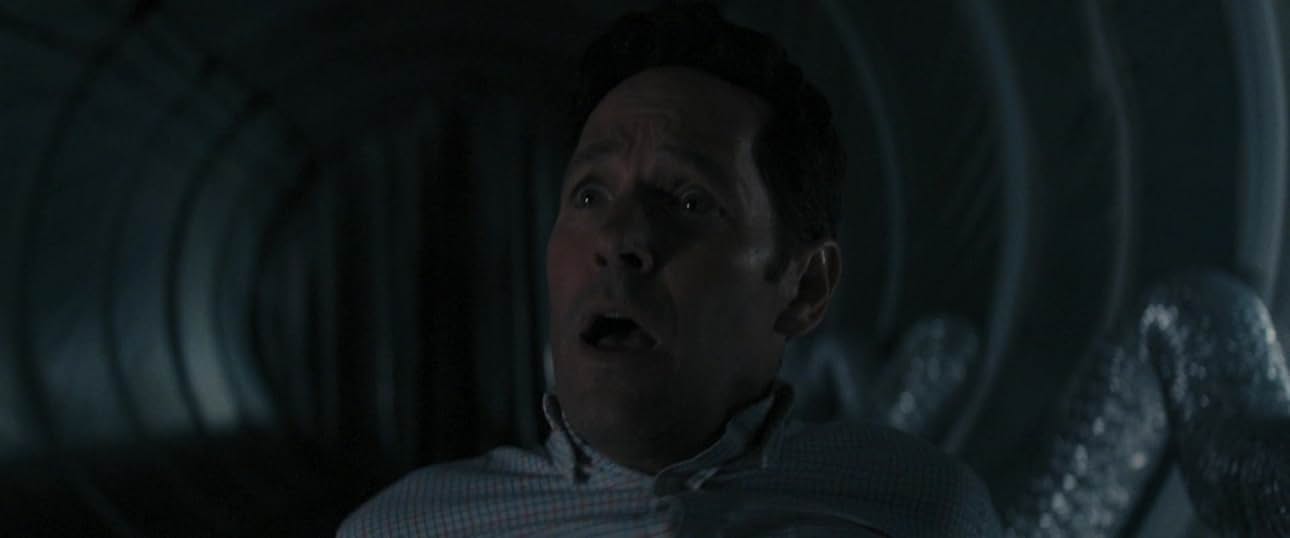
Audio Format(s): English Dolby Atmos
Subtitles: English SDH, Spanish
Dynamics: Death of a Unicorn comes equipped with a Dolby Atmos mix. There are many subtle moments within the mix and a few more dynamic ones during more fantasy-type moments. Ambient sounds fare well also. Dialogue and surround activity is nice and clear and bass delivers the goods when need be.
Height: Height channels make sequences involving unicorn activity a hoot! Swirling activity and spatial movement abound in these moments and give the speakers time to play that you really can hear!
Low Frequency Extension: Bass runs deep in moments of “action” and provide some serious depth for the film.
Surround Sound Presentation: Surround channels help to curate outdoor and interior ambience, working to add density to the sound design and clear definition to the film’s locations.
Dialogue: Dialogue is always easy to hear.
Extras 




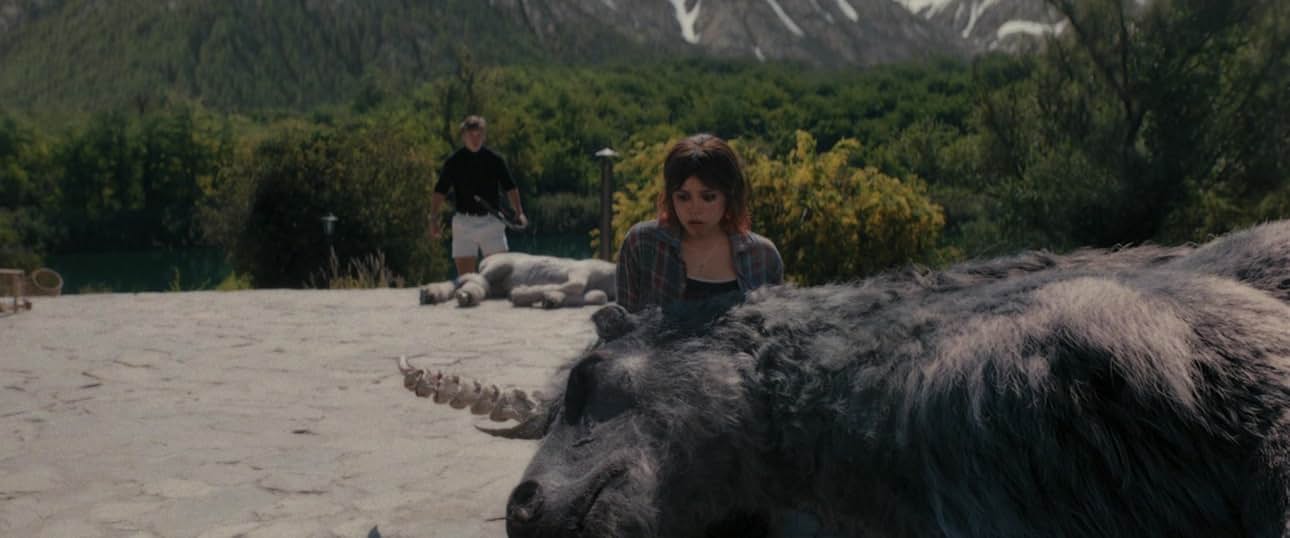
Much like previous A24 releases of late, Death of a Unicorn comes in a sleek Digipack with 6 photo cards. There is no digital code included. Bonus features are slim, but interesting and worth your time.
Bonus Features:
-
- Commentary with Writer-Director Alex Scharfman
-
- How to Kill a Unicorn (HD; 15:17) – A better than EPK interview piece
-
- Deleted Scenes (HD; 13:04)
Summary 




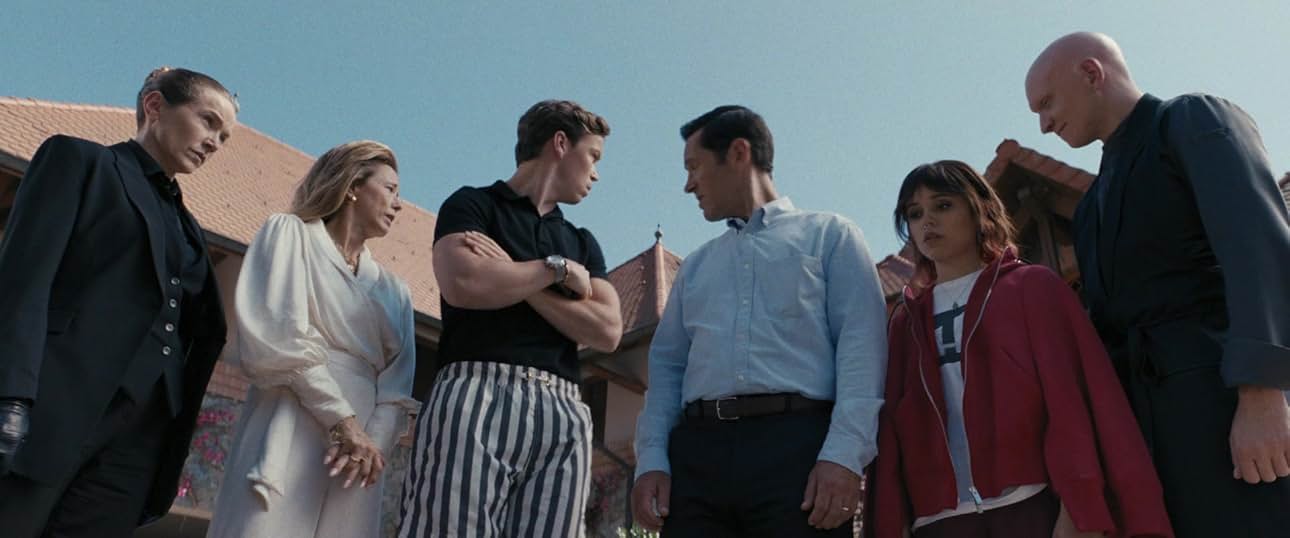
Love it or hate it, Death of a Unicorn is a unique piece of filmmaking. With standout performances from a game cast and writer/director Alex Scharfman’s wacky point of view on full display, the film is rife for conversation and debate. This is definitely not something to jump into if you’re strictly into mainstream films, but those of you with more adventurous tastes will want to dive right in. A24’s Blu-ray release is stellar in picture and sound quality. One wishes the film was given the chance to receive a 4K release, but who knows? The unicorn may rise again in UHD!
Buy Death Of A Unicorn HERE
